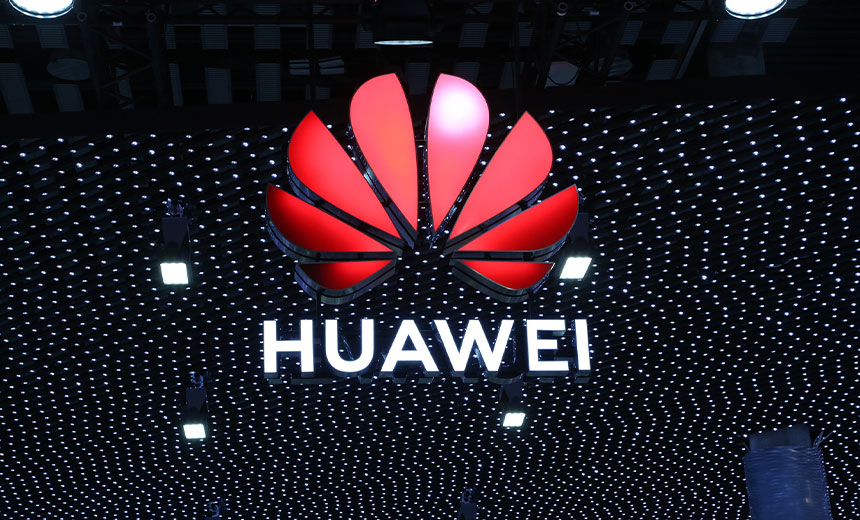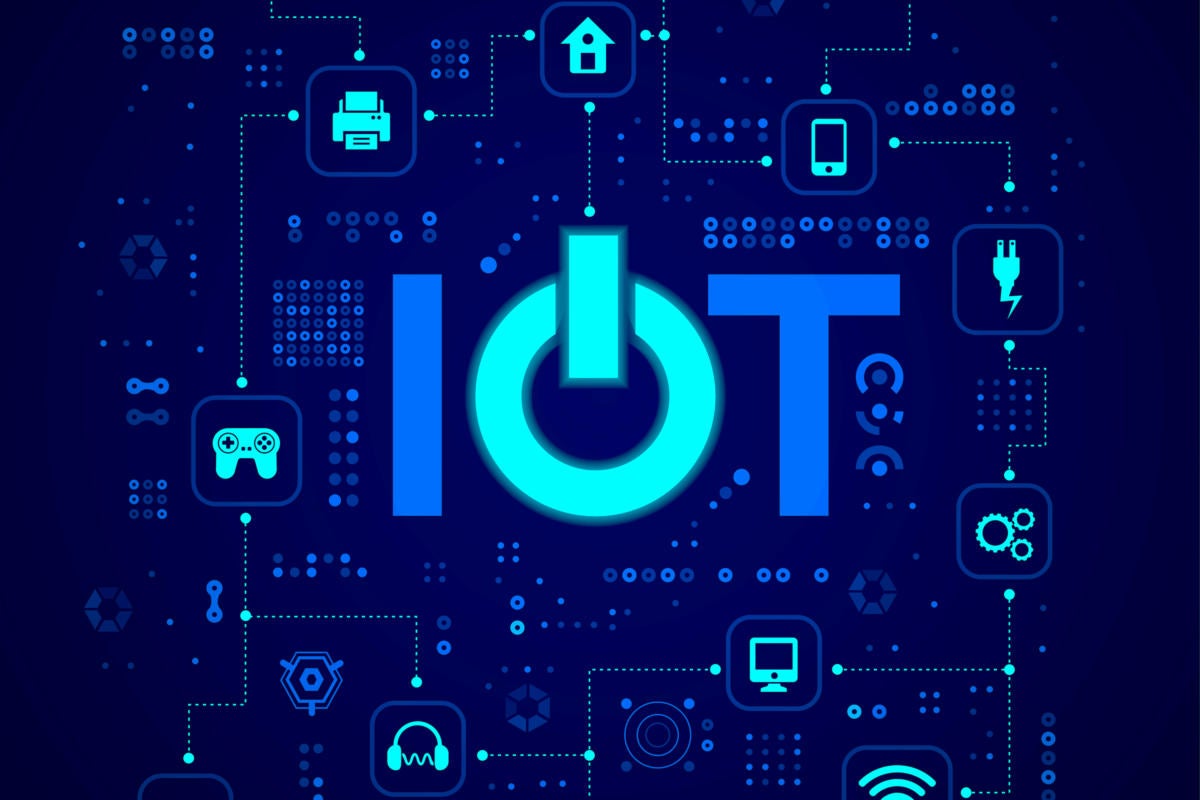
The Net Promoter Score (NPS), which has long been used to measure the loyalty of firms’ customers, is under fire for becoming the false god of corporate America. In a searing article, the Wall Street Journal last week labeled NPS “a dubious metric” — one that is routinely cited by CEOs in earning calls and that somehow, magically, never declines. “Much of Corporate America is obsessed with NPS,” declared the article, before going on to list many of the activities the measure is used to justify, from employee bonuses to executive compensation. NPS hasn’t been useless, though. We can thank it for underscoring the importance of customer satisfaction ever since it was introduced in 2003. But in 2019, executives should question its efficacy and seek something better and broader. There are at least three big reasons why. ... Since the introduction of NPS, customers’ expectations have soared and companies’ access to information about them has increased dramatically. Today, consumers expect next-day delivery of online purchases — with tracking and free returns.
Deep learning has existed since the 1970s, but because of the lack of computational resources it was only possible to build and train very basic neural networks and the technology floundered for many years. Alex Krizhevsky, Ilya Sutskever, and Geoffrey Hinton changed this in 2012 when they demonstrated that it was now possible to train deep neural networks efficiently on a large data set by using GPUs. Their deep learning system was able to reduce the error rate by almost 50% — a very significant improvement — in certain image classification tasks. Since then, deep learning has begun to make a meaningful impact in many areas of industry. Today, image recognition by machines trained via deep learning performs better in some scenarios than humans– from classifying animals to identifying indicators for cancer in blood and tumors in MRI scans. Deep learning applications have also extended to speech recognition, autonomous driving cars and more.

First, AI must the beneficial to humanity. It is essential to stress that AI must promote well-being, preserve dignity, and sustain our planet. The second principle is that AI must also not infringe on privacy or undermine security. Third, AI must protect and enhance our autonomy and ability to take decisions and choose between alternatives. AI must be our servant not our master. The fourth principle concerns justice or fairness. AI must promote prosperity and solidarity, in a fight against inequality, discrimination, and unfairness. Innovation should be inclusive and promote diversity as well as tolerance. Finally, we cannot achieve all this unless we have AI systems that are understandable in terms of how they work (transparency) and explainable in terms of how and why they reach the conclusions they do (accountability). There are other sets of principles which have been formulated by the OECD, the IEEE and many others, but the HLEG principles represent a convergence of ethical thinking and we believe are currently the best show in town. The G20 meeting in Osaka this year will be a good place to start, followed perhaps by incorporation in, or an annexure to, the Universal Declaration of Human Rights.
Demand for systems integration services soaring in New Zealand

In 2018, New Zealand’s IT services market grew 1.9% to reach $3.43bn. Managed services continued to account for the largest share of total IT services revenue. Chayse Gorton, IDC’s ANZ market analyst for IT services, said rather than build new applications from scratch, many Kiwi firms are tapping systems integration services to integrate software-as-a-service(SaaS) applications, as well as custom application development skills to modernise existing applications. Gorton added that as organisations shift from on-premise software deployments towards cloud-based SaaS models, the need for systems integration services will become imperative. ... In addition, many New Zealand organisations have taken a lift-and-shift approach to cloud software deployments. Although lift-and-shift cloud migrations can help to lower on-premise infrastructure costs, the cost benefits of the cloud may not be fully realised without re-architecting an application. Performance issues associated with the application may also crop up, according to IDC
Real-Time Data Processing Using Redis Streams and Apache Spark Structured Streaming

Structured Streaming, a new capability introduced with Apache Spark 2.0, has gathered a lot of traction in the industry and amongst the data engineering community. Built on top of the Spark SQL engine, Structured Streaming APIs deliver an SQL-like interface for streaming data. Initially, Apache Spark processed Structured Streaming queries in micro-batches, with a latency of about 100 milliseconds. Last year, version 2.3 introduced low latency (1 millisecond) "continuous processing", which is further fueling adoption of Structured Streaming. To work at the speed of Spark’s continuous processing, you need to augment it with a high-speed streaming database like Redis. This open source in-memory database is known for its high speed and sub-millisecond latency. Redis 5.0 recently introduced a new data structure called Redis Streams, which enables Redis to consume, hold and distribute streaming data between multiple producers and consumers.
Majority of new technology investments in UAE will be on data

The IoT investment in the UAE is expected to grow by 17% to $672.75 million compared to $574.89 million a year ago. The use cases are in transportation, smart grids, airlines, police using smart cameras, freight monitoring, production management, manufacturing operations, connected oil exploration, digital signage, and smart home and wellness sectors. With the introduction of 5G cellular network, more connected devices are expected to be connected to the network. IDC saw a big uptake of blockchain initially in areas like banking and financial services, trade financing, etc. In the last few years, Lalchandani said that adoption of blockchain by public sectors is gaining more traction and has seen use cases in education, property and utility sectors. What we are seeing is a high-value and low-volume transactions but in the next few years, we will see blockchain technology embedded into the computing. There will be some sectors which will leverage the blockchain technology as early adopters.
Speech and language: the crown jewel of AI with Dr. Xuedong Huang
At some point, let’s say computers can understand three hundred languages, can fluently communicate and converse. I have not run into a person who can speak three hundred languages. And not only machines can fluently communicate and converse, but can comprehend, understand and learn and reason and can really finish all the PhD courses in all subjects. The knowledge acquisition, reasoning, is beyond anyone’s individual capability. When that moment is here, you can think about how intelligent that AI is going to be. ... there are two levels of intelligence. The first level is really perceptive intelligence. That is the ability to see, to hear, to smell. Then the high level is cognitive intelligence. That is the ability to reason, to learn and to acquire knowledge. Most of the AI breakthroughs we have today, they are in the perceptive level such as speech recognition, speech synthesis, computer vision.
Huawei Gets 90-Day Reprieve on Ban

If the ban does take place, consumers could feel the effects of the actions against Huawei. For example, Huawei, which is the world's second largest maker of smartphones, will likely build its own version of Android based on the available open source code and without the influence of Google and its engineers, Bill Buchanan, a computer science professor at the University of Napier in Edinburgh, Scotland, has argued on Medium. This, in turn, could produce a host of security issues for Huawei smartphone users because they will be using a possible unsecured operating system without the benefits that come from Google's security expertise, says Priscilla Moriuchi, the director of strategic threat development at Recorded Future, a security vendor. "Based on the patterns of behaviors demonstrated by Huawei, we believe Google pulling Huawei's Android license will result in issues and delays for Huawei users, especially should Huawei use the open source version of Android," Moriuchi notes.
Enterprise IoT: Companies want solutions in these 4 areas

The IoT makes it possible to manage buildings and spaces more efficiently, with savings of 25% or more. Occupancy sensors can tell whether anyone is actually in a room, adjusting lighting and temperature to saving money and conserve energy. Connected buildings can also help determine when meeting spaces are available, which can boost occupancy at large businesses and universities by 40% while cutting infrastructure and maintenance costs. Other sensors, meanwhile, can detect water and gas leaks and aid in predictive maintenance for HVAC systems. ... Asset trackers can instantly identify the location of all kinds of equipment (saving employee time and productivity), and they can reduce the number of lost, stolen, and misplaced devices and machines as well as provide complete visibility into the location of your assets. Such trackers can also save employees from wasting time hunting down the devices and machines they need. For example, PwC noted that during an average hospital shift, more than one-third of nurses spend at least an hour looking for equipment such as blood pressure monitors and insulin pumps.
Data governance, digital transformation driving ITAM strategies
While ITAM moves from being an administrative activity to a governance function, it’s governance framework and the insights provided by ITAM data enable business units to source technology-based solutions effectively without being categorized as ‘shadow IT’ or ‘IT bypass.’ As organizations are focused on the value they drive from their investments rather than simply looking at costs, ITAM data must connect technology, business process and value. Detailed asset data is providing business unit stakeholders with a clearer understanding of IT services and the associated cost. Increased transparency is building trust between IT and the business. Industry data shows that the number of stakeholders involved in decision-making around technology investment has risen: according to a recent IDG study, the average buying committee now includes 21 influencers. Many of these decisions are being led from outside IT or even made without IT involvement.
Quote for the day:
"A leader is one who sees more than others see and who sees farther than others see and who sees before others see." -- Leroy Eimes

No comments:
Post a Comment